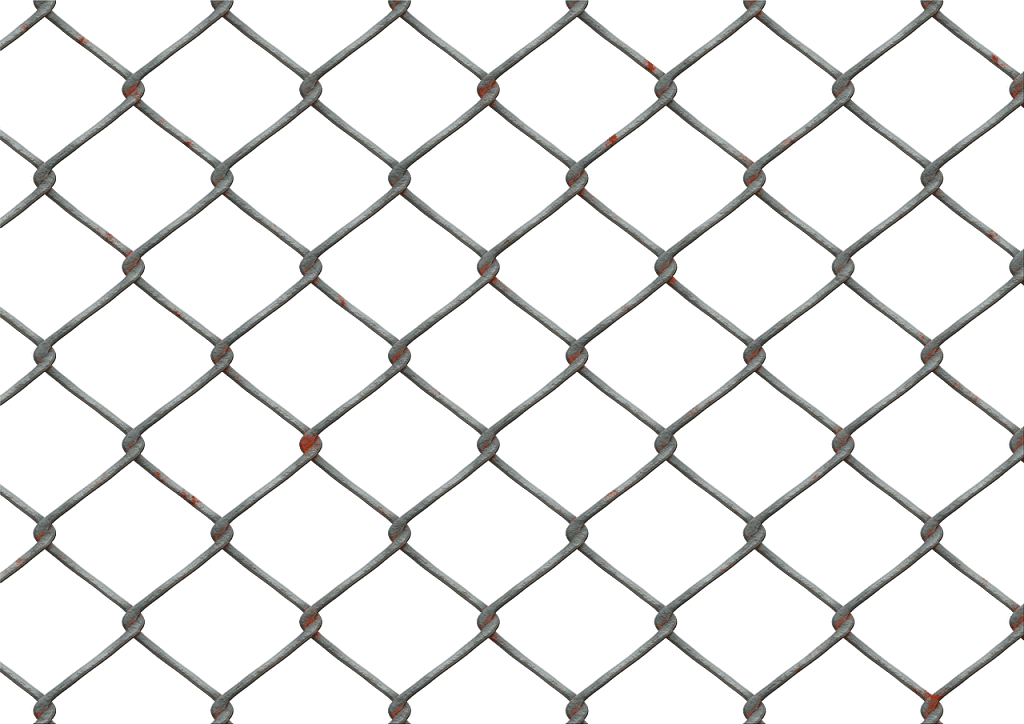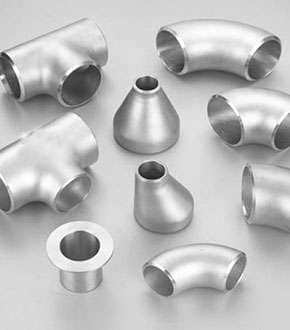
Introduction:
Forged steel fittings are made by forged steel. The forging manufacturing process include: cutting and heating billets, putting pressure on heated billets under dies into desired shape, trimming and shot blasting. Then machine forged blank fittings for net shape and dimensions.
The Process of forge fitting
The forging manufacturing process involves heating the metal on high temperature, then it is shaped with a hammer or press. The result is a strong, durable, and reliable fitting that can withstand high pressure and extreme temperatures.
What is the purpose of forging a steel?
Forging steel is a manufacturing process used to shape steel by using localized compressive forces, which include hammering, pressing, and rolling. This method is widely used for producing high grade steel products with uncommon tolerances.
Types of Forged Fittings
Stainless Steel Forged Fittings Specifications
Carbon Steel Forge Fitting Specifications
Alloy Steel Forge Fitting
Duplex Steel Forge Fitting
Monel Forge Fitting
Inconel Forge Fitting
Hastelloy Forge Fitting
Nickel Alloy Forge Fitting
Characteristic of forge fittings
Forged fittings are made from high- grade materials and are resistant to corrosion, which makes them suitable for use in a wide range of environments.
Duration: Due to their strength and corrosion resistance, forged fittings have a longer lifespan than cast fittings.
Advantages of Forge Fitting
Forged steel is stronger and more reliable than castings because the grain flow of the solid steel piece is altered to conform to the shape of the part in the die. Because of this, forging provides a uniformity of the structure and composition of the finished part.
For more details and service contact us:
Email: sales@metrocksteel.com


